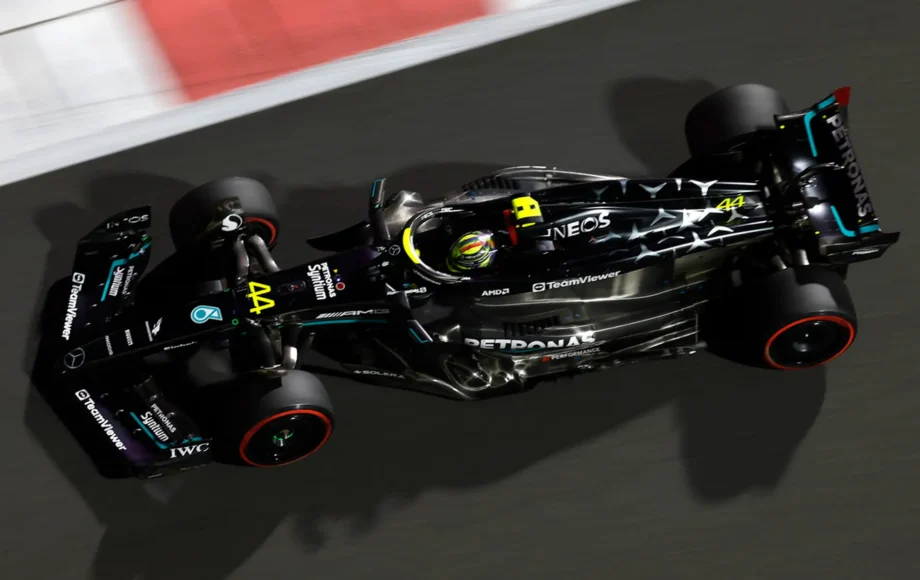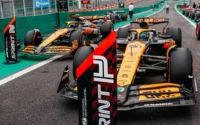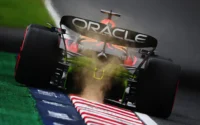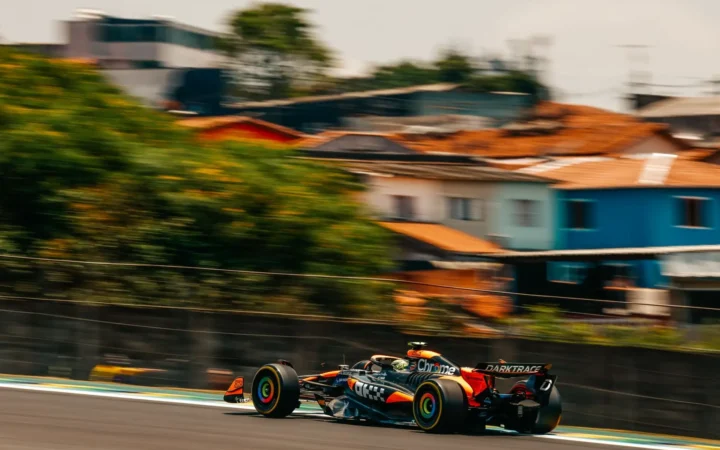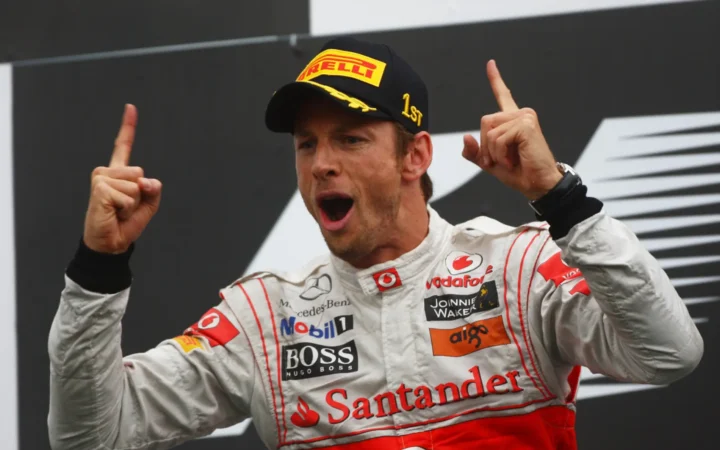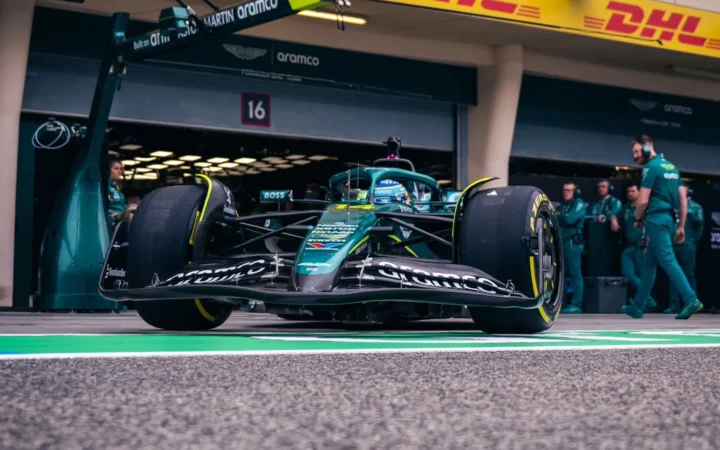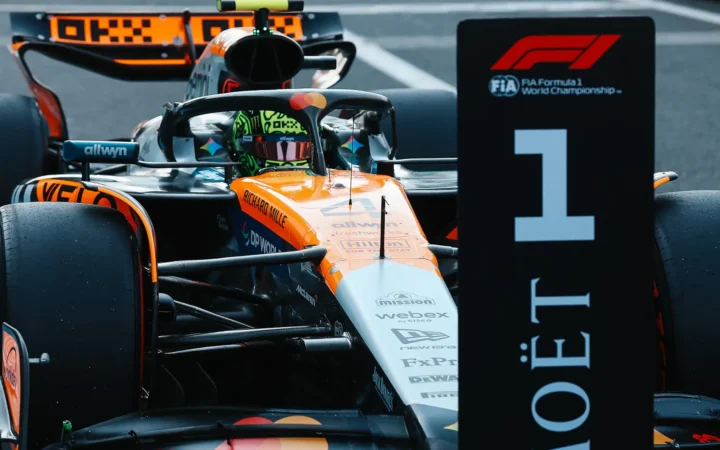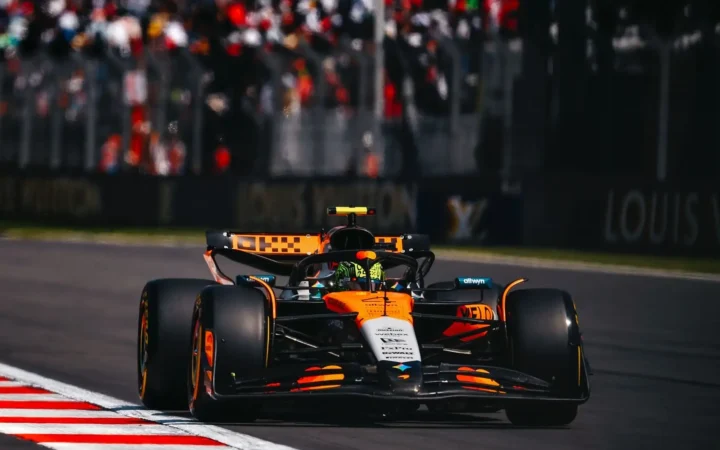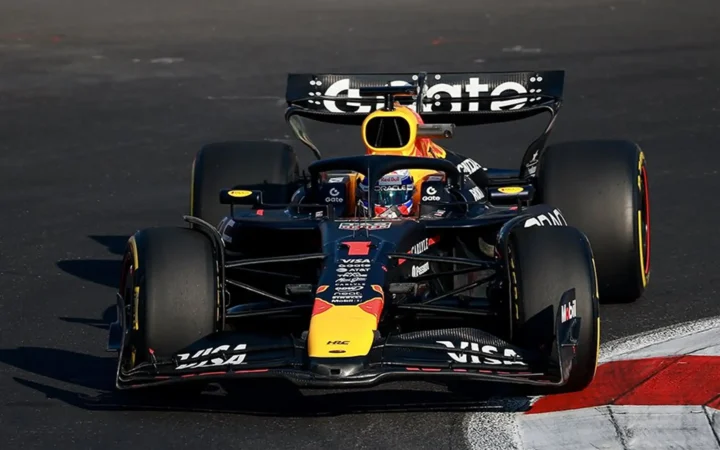Have you ever tuned into Formula 1 and heard the commentators mention a driver setting a purple sector? Read on to find out exactly what they are talking about.
What to know
- Formula 1 circuits are divided into three sectors for a more detailed analysis of lap performance.
- The colour-coding system that tracks sector times during qualifying and practice sessions extends beyond purple. Green and yellow are also key colours.
- By dividing a Formula 1 circuit into sectors, each roughly a third of the track’s total length, the FIA has helped F1 fans visualise a track and the driver’s progress during a session.
When commentators mention a driver setting a “purple sector,” or the data is flashed up on the screen, it indicates that a driver has recorded the fastest time in a specific section of the track during a practice or qualifying session.
F1 circuits are typically divided into three sectors, roughly equal in length, and achieving the fastest time in any of these sectors is noted as setting a purple sector. This performance indicator is a key target for drivers during qualifying laps. If you’re the fastest in any of these, you’re setting the best time out of any driver on the grid.
More on F1 Qualifying
But why is it called a ‘purple’ sector? In F1’s colour-coded timing system, different colours represent different performance levels. Purple indicates the best or fastest time. However, purple isn’t the only colour indicating a driver’s sector performance. In this F1 guide, we’ll examine the colours used to describe other sector times.
What does Purple Sector mean in F1?
Formula 1 circuits are divided into three sectors for a more detailed analysis of lap performance. The first sector begins right at the starting line, the second occupies the middle portion of the track, and the third stretches to the finish line. These sectors, although not always the same distance due to the varying lengths of different circuits, provide insights into where drivers are gaining or losing time.
The concept of sector times is particularly significant during qualifying sessions in Formula 1. Qualifying is all about speed, as drivers have only a few laps—typically two or three per qualifying round—to record their best time. This contrasts with the race, where they can improve their performance over many more laps.
Sector times are indicated by three colours and give fans and teams a clearer picture of a driver’s performance on a specific lap and how it compares to other drivers. While this information is valuable during practice sessions, it becomes especially crucial during qualifying.
Achieving a ‘purple sector’, or ‘going purple’, signifies that a driver has clocked the fastest time in a particular sector compared to everyone else in that session. For instance, if a driver beats the best time in the first sector by 0.4 seconds, they will have set a purple sector. However, purple isn’t the only colour used to communicate sector times during qualifying and practice.
What colours are used for sector times in F1?
The colour-coding system that tracks sector times during qualifying and practice sessions extends beyond purple with another two. Green and yellow are used to display a driver’s performance in a specific sector relative to their previous times and other drivers.
When a driver sets a green sector, it indicates an improvement over their own best sector time within that session. However, a green sector doesn’t necessarily mean that the driver is the fastest in that sector compared to all drivers; it simply shows a personal improvement.
Yellow indicates they have gone slower in that sector compared to their personal best in that session. A yellow sector doesn’t mean the driver is the slowest overall in that sector on the grid it just signals that the driver hasn’t improved on their earlier performance.
Gaining pole position in a race often hinges on setting at least one purple sector during the best qualifying lap. Achieving a lap with three purple sectors will guarantee pole. Max Verstappen, during his 2023 championship campaign, clocked this many times on his way to his third driver’s title.
Why are there different sectors on F1 Tracks
By dividing a Formula 1 circuit into three sectors, each roughly a third of the track’s total length, the FIA has helped F1 fans visualise a track and the driver’s progress during a session.
If you’ve ever watched qualifying, F1 TV will display the times of up to three or four drivers who are out on the circuit in close proximity to one another so you can track and match key sector times to add a level of excitement to the event.
These sectors are not just random splits: each has distinct characteristics that can influence the performance of different teams and drivers, depending on their cars’ setups and strengths. For instance, sector one at Silverstone, the venue for the British Grand Prix, is known for a blend of high-speed corners and slower ones with heavy braking zones. Sector two features a combination of straights and high-speed turns, placing a premium on engine power and aerodynamic stability at high speeds. Sector three then brings a mix of fast sections and heavy braking, demanding a well-rounded performance from both car and driver.
In 2022, the RB18 car from Red Bull excelled in straight-line speed, making it formidable in sectors with longer straights where top speed is crucial. On the other hand, Ferrari showed a notable advantage in slower-speed corners, thanks to their car’s setup favouring cornering performance. This meant the Ferrari drivers of Charles Leclerc and Carlos Sainz were more likely to clock the fastest times in sectors with more twists and turns.
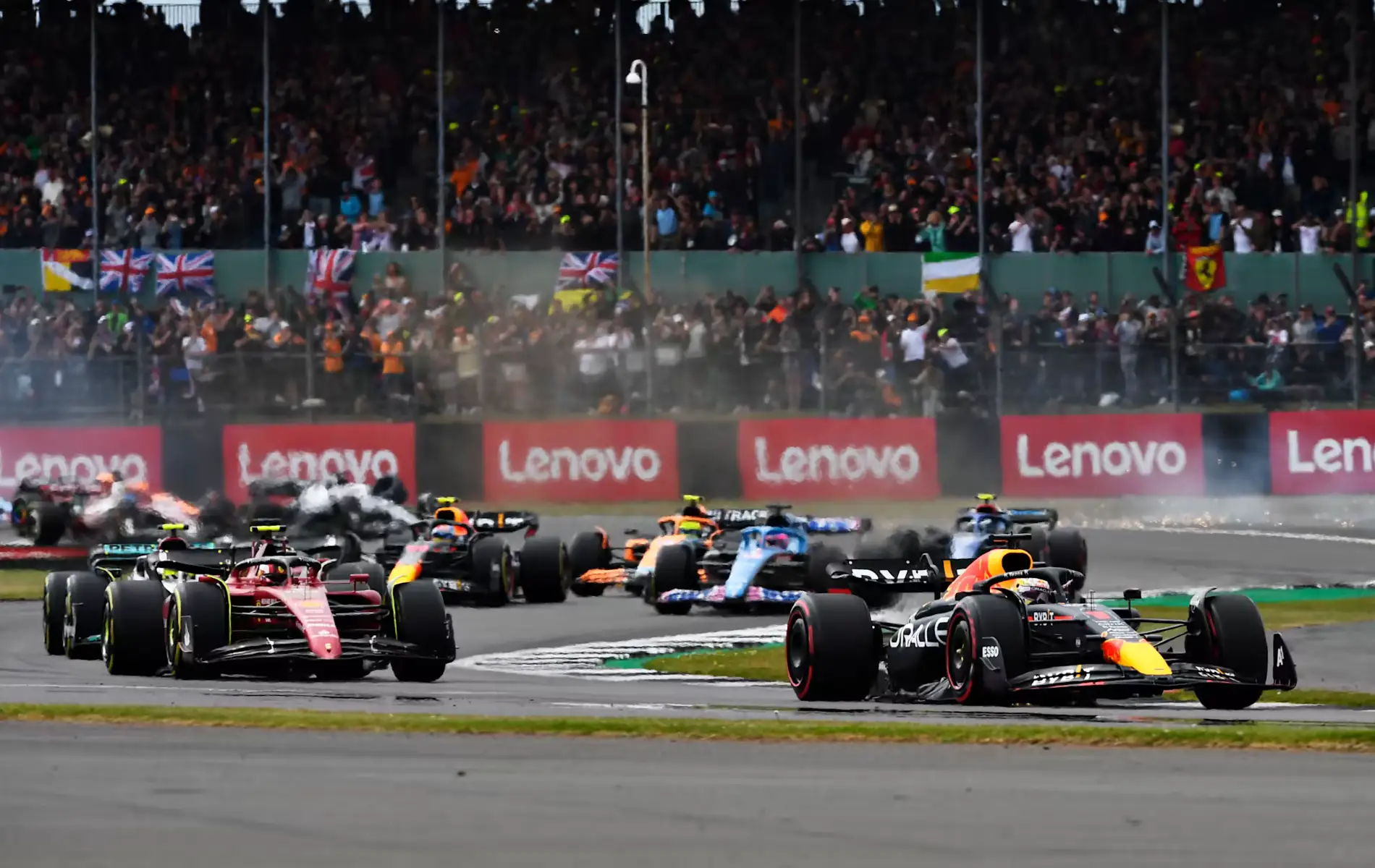
Breaking down F1 tracks into sectors has several benefits. It enhances the viewing experience for fans by providing clear insights into where drivers and teams are gaining or losing time during a lap, and it allows for a more detailed and complex understanding of each driver’s performance relative to their previous laps and competitors. For the teams and drivers, it offers critical data for optimising lap times and strategies. Drivers can identify specific areas of the track where they need to improve. At the same time, teams can adjust car setups to suit different track segments, aiming for the best overall performance in both qualifying and the race.
What indicates the fastest lap in F1?
During qualifying and practice sessions, a purple sector time indicates the fastest performance in that particular sector of the track for the current session. This means that the driver has outpaced all others in the first, second, or third part of the circuit.
In the race, purple highlights the driver who has driven the fastest lap of the entire race. This is visually represented on TV when a driver sets the fastest lap; viewers will see a small white stopwatch icon against a purple background next to the driver’s name on the position chart on the left of the screen. This subtle but distinct marker makes it quick to see who might be in line for an additional championship point at the end of the race.
Broadcasters often use a separate pop-up banner to emphasise this and announce the driver who has set the fastest lap, along with the exact lap time.
For fans, these purple indicators are more than just informational; they’re a reason to get excited. Seeing purple next to their favourite driver’s name during qualifying or a race is a clear signal of their performance, the moment when the driver is leading the pack, if only in that sector or lap.
Notable Purple Sector performances in Formula One History
Lewis Hamilton’s 2018 Spanish Grand Prix performance is a great example of a driver outperforming all their rivals. During the final lap of qualifying, Hamilton set the fastest time and did so with a margin that left his rivals trailing. His purple sector time was an impressive half a second quicker than the next fastest driver. As a technically demanding track, his performance demonstrated Hamilton’s incredible ability to navigate a tricky sector of the track.
Sebastian Vettel’s 2019 Japanese Grand Prix quali is another example. Vettel clinched a remarkable pole position for Ferrari and outperformed his teammate Charles Leclerc (a driver known for setting scintillating pole laps) by a substantial margin, nearly two-tenths of a second.
Conclusion
The colour-coded system used in F1 broadcasts has proved to be a game-changer for viewers, who can immediately understand how drivers perform in real-time.
Aside from the purple sector, which indicates the fastest time, yellow and green offer instant feedback on drivers’ performance. This allows teams to adjust strategies and drivers to modify their approach through a lap.
For fans watching at home, these colours add an extra layer of excitement and engagement, making Formula 1 more accessible to new and old fans.
For more F1 Terms, check out our F1 Glossary, covering everything from DRS and G-force to oversteer, slipstreaming, tyre warmers, and turbulence. This guide offers clear explanations of the most frequently used F1 terms. You’ll be speaking the language of Formula 1 like a seasoned fan in no time.
Seen in:

